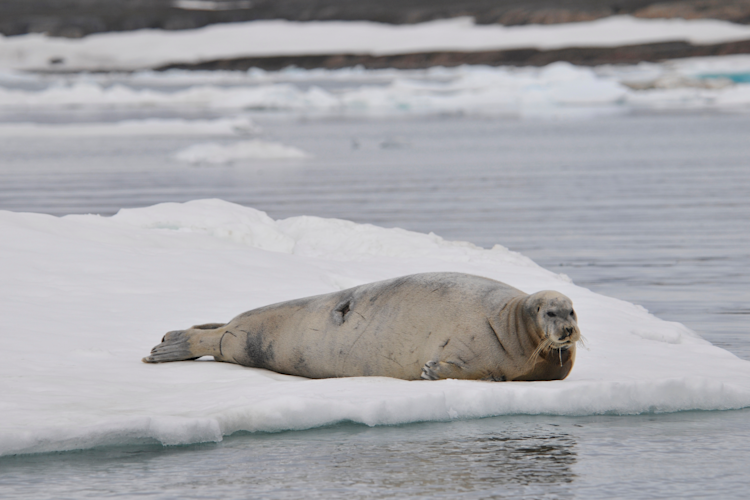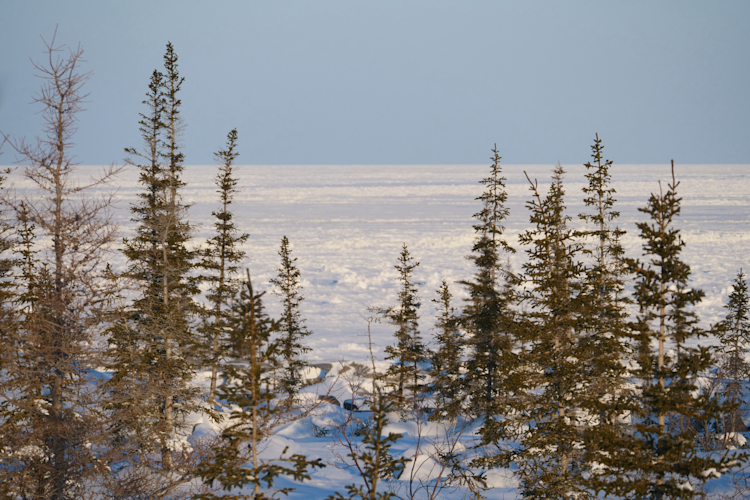Sea ice thickening
In a warming world, Arctic sea ice extent shrinks and the ice gets thinner. Thin sea ice, in turn, is more vulnerable to break up and melt during summer, accelerating its overall decline. One idea is therefore to artificially thicken sea ice whenever it forms by pumping ocean water onto the ice. The water will freeze and thicken the ice, helping it survive for longer, although it would not necessarily increase the ice extent. The pumps would be operated by energy from wind turbines.
Arguments for sea ice thickening
Footprint and flexibility: Pumping water onto sea ice is among the least intrusive geoengineering methods proposed, essentially amplifying the natural process of ice growth. It could also be deployed strategically in places of particular importance, such as where communities rely on stable sea ice for mobility. As sea ice forms in slightly different places every year, the pumps would have to be mobile.
Governance: Deployed at small scales, this approach could be governed by local authorities in coordination with federal agencies and governments, akin to a ski resort that makes its own snow. This could be more feasible than larger-scale interventions, which trigger more complicated governance issues.
Arguments against sea ice thickening
Scalability: For this method to have an Arctic-wide impact, millions of pumps would need to be installed, many of them on sea ice. Installing, maintaining, and removing such technology on dynamic sea ice is logistically challenging and costly.
Sea ice albedo management
This idea tries to increase the “albedo”, or reflectivity, of sea ice by spreading hollow glass beads onto existing sea ice. The glass beads would help reflect back incoming sunlight, keeping the sea ice cool, so it can survive for longer.
Arguments for sea ice albedo management
Costs: If deployed relatively locally in regions of particular need for thicker sea ice, technological and financial hurdles would be relatively small. Scaling it Arctic-wide would be a much more difficult task.
Arguments against sea ice albedo management
Ecotoxicity: The effect of glass beads, in stable or dissolved form, on oceanic organisms is currently understudied, posing unknown risks.
Governance: Glass beads would be dispersed across territorial boundaries by wind, requiring intra-governmental agreement and coordination.





















